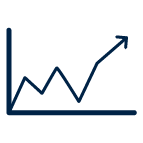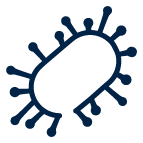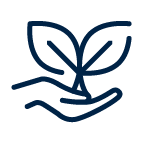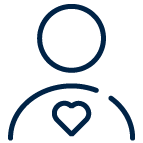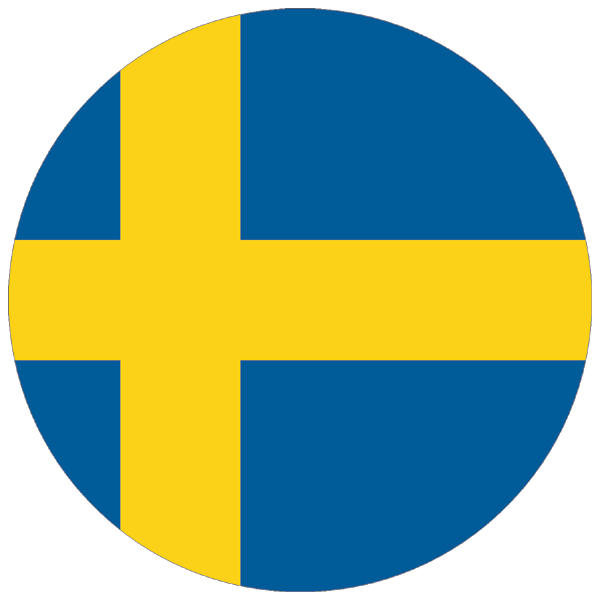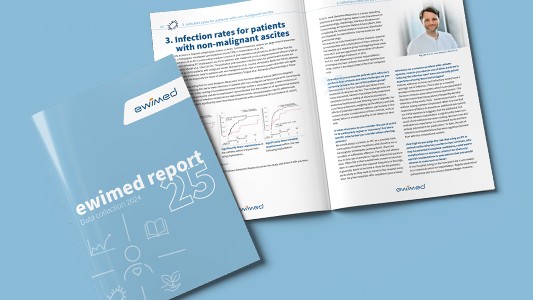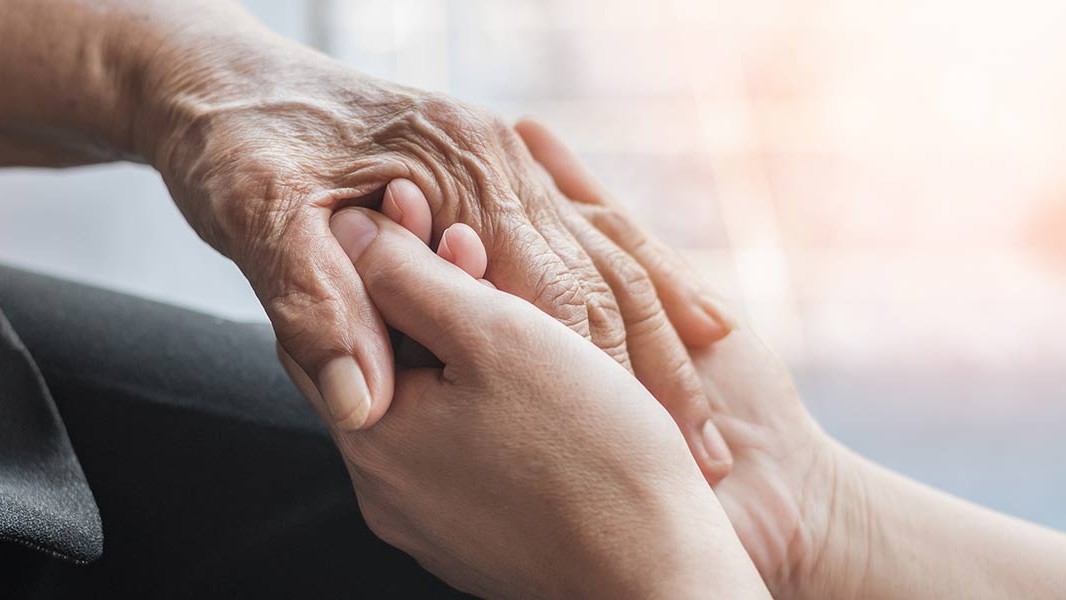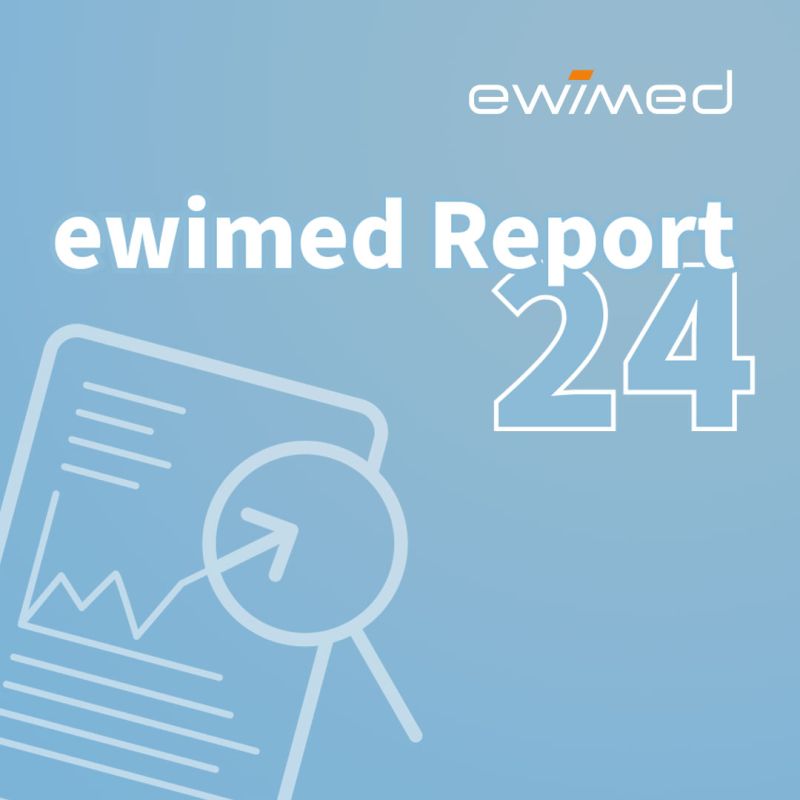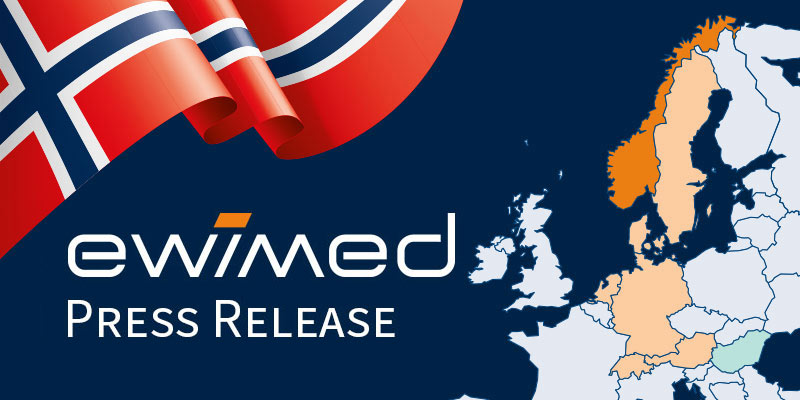ewimed Report 2025
Current findings on pleural effusion and ascites
ewimed Report 2025
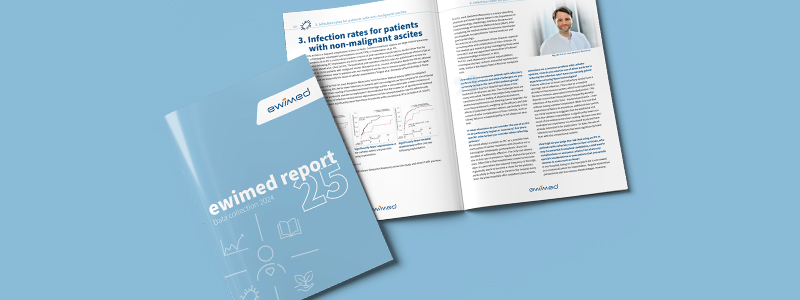
The new ewimed Report 2025 – Current findings on pleural effusion and ascites
In this fourth edition, we present the latest scientific findings, well-founded expert opinions and practical case studies on the treatment of pleural effusion and ascites with a subcutaneously tunnelled indwelling pleural or peritoneal catheter (IPC).
A key component of this year’s report is the analysis of the data from the ewimed patient questionnaire 2024. ewimed has been collecting valuable information throughout Germany for 15 years now to further develop and specifically improve treatment for patients. In addition, the report presents a current scientific study on pleural effusion and highlights the latest developments in medical research.
Study conclusion: Fewer infections in non-malignant ascites
A particularly exciting article is dedicated to the topic of infections in non-malignant ascites. A recent study shows that silver-containing catheters can significantly reduce the risk of infection. This section is supplemented by an expert interview with Prof Dr Benjamin Maasoumy from the Hannover Medical School, who explains the results of this study in more detail.
We've got you covered! Sustainability in the healthcare sector
Sustainability in the healthcare sector is also increasingly coming into focus. The ewimed Report 2025 provides an international perspective on this and presents initiatives from various countries.
In an expert discussion with PD Dr Stefan Welter (Chief Physician of Thoracic Surgery at the Hemer Lung Clinic and Head of the ‘Sustainability in Thoracic Surgery’ working group of the German Society for Thoracic Surgery) and Martina Moll (Senior Manager Sustainability at Sana Kliniken AG), we will discuss which sustainable measures clinics are already implementing and which challenges still exist.
Two case studies: Patients talk about their experiences with the IPC
The report is rounded off with two impressive patient case studies from Austria. They show how the use of an IPC can improve quality of life – both in the case of long-term therapy and in the case of a sudden, serious diagnosis.
📖 Download the ewimed Report 2025 as a PDF and gain valuable insights into current developments in the treatment of pleural effusion and ascites.
You haven’t read last year’s report yet?
Nothing found.
ewimed Norway AS
c/o Value Oslo AS
Erik Børrensen alle 7
3015 Drammen
+47 920 82 676
info.no@ewimed.com
A patient story - when the time in life is running out
A patient story - when the time in life is running out
16 december 2024
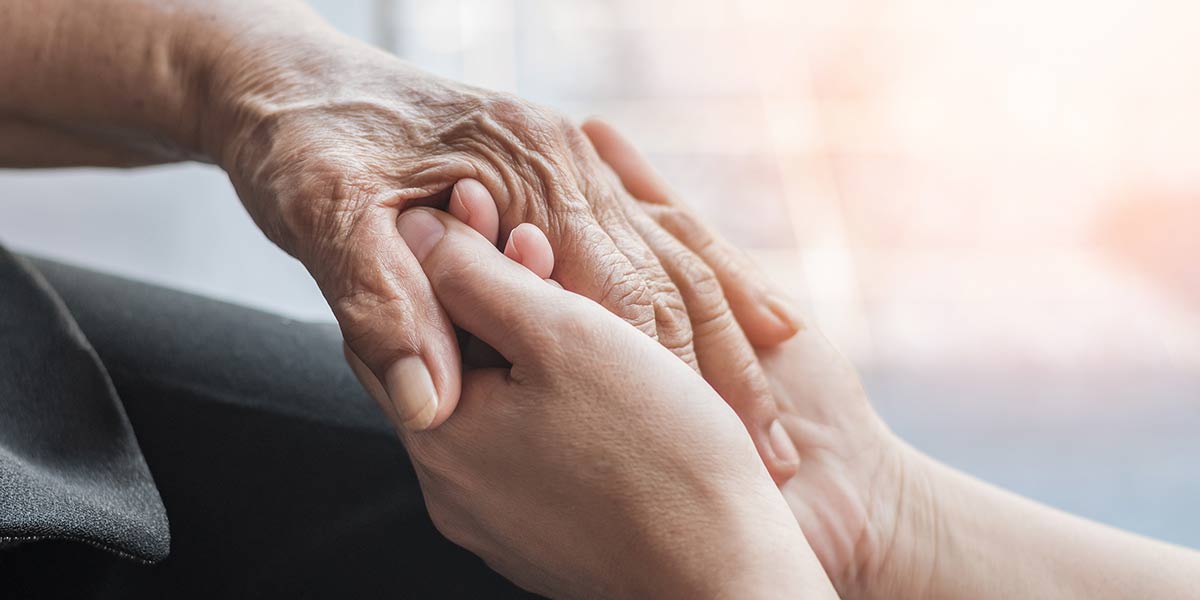
Case description – Permanent catheter
Camilla Andersen, Pulmonary & Infectious Medicine Ward, SUH Roskilde
I am a nurse on a pulmonary medicine ward, which places great demands on my technological and instrumental skills. I often wonder if we manage to keep the patient at the center of a technological development or if it is the technology that is at the center of the person. Does a modern healthcare system manage to keep basic nursing and fundamental care at the center when instrumental skills are so important in modern nursing?
The following are excerpts from a patient experience I had in the ward in fall 23.
Marianne is now a well-known guest in our ward. Over the past few years, she has taken turns at all the region’s hospitals. She has been to the diabetes outpatient clinic in Køge and the pulmonary medicine outpatient clinic in Roskilde, and lately she has also been admitted for acute shortness of breath.
Marianne has been a daycare assistant. She has been looking after children since she was 16 years old. She has a large family, with children and 2 grandchildren. She has many friends who take her on cultural experiences. Marianne likes to get involved in other people’s lives. But when it comes to her own, she is more hesitant to share. Her future has become more and more uncertain and unpredictable over the past few years. She has to cancel events more often, and she no longer dares to be alone with the children because she fears having difficulty to breath and having to call 112 due to breathing difficulties, chest tightness and anxiety attacks. When she feels her breath constricting in her chest and there is no room to breathe, she panics. Anxiety has gradually become a big part of her everyday life.
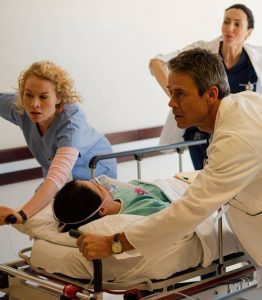
The acute nocturnal admissions became more and more frequent during the fall. Each time she is admitted to the emergency department, transferred to a ward, and a few days later moved to the pulmonary medical center in Roskilde. “The worst thing is that I know the process well, I know what they’re going to say without them looking me in the eye. – Now we’ll put in the drain and then you’ll see the experts in Roskilde when they have room, it’ll be fine.”
“I constantly have this fear and anxiety that I have to go through it all again. As if it never stops”.
Marianne can’t say how many lung drains she has had, but she shows me her back. There is scar tissue all over her back and under her arm. In some places the fluid has destroyed the skin around the puncture site and the skin is kind of wrinkled and pink. She’s heard all the admonitions about what she can and can’t do, with the plastic bag and the tube sticking out of her chest. It’s good to walk, to stand. I’m not allowed to pull the drain, are you in pain? etc.
It helps with breathing every time the drain is laid and the fluid comes out. Sometimes there is a lot of fluid – and Marianne explains how strange it feels inside her body when a whole liter of fluid has run out. How it tingles inside and she feels uncomfortable. Her perception of her own body has been difficult to process. Both having tubes sticking out, above and below, in her arms and chest; “I look like a future person with all these tubes sticking out everywhere. I don’t want visitors when I have all these drains and bags. But at the same time I feel lonely when no one comes”.
“There are a lot of people around me, here in the hospital, smiling. Telling me what they are doing. Now I’m flushing the drain, now I’m changing the patch, etc.”
This hospitalization is different. This time, Marianne has packed a bag from home and prepared for her hospitalization. Her daughter has accompanied her to the outpatient clinic. They have spoken to a doctor they already know and a nurse who has a lot on her mind and gives Marianne a lot of paperwork. This time, Marianne needs a permanent drain. A drain that will remain under her skin – perhaps forever.
Marianne will stay with us in the ward for one night and the next day a nurse from the outpatient clinic will come and empty the new permanent drain. “The light bulb is on the table”, Marianne exclaims as the emptying bottle is unpacked.
I can already see a change in Marianne. She is more relieved. She believes she can once again be the master of her own time and plan for the future. We get to talk about the time that is left when the time in life is running out.
Marianne tells me; “This is about the life I have to live in the time I have left. They say that with this drain I can live like before – go for a walk, mow the lawn, whatever. At least I’ll be able to spend time at home in my own living room. With my own visiting hours. I won’t be sad if it’s not with you (in the hospital) that I spend my time”.
Quality of Life - A Patient with an indwelling catheter
Quality of Life - A Patient with an indwelling catheter
2024 ewimed Report
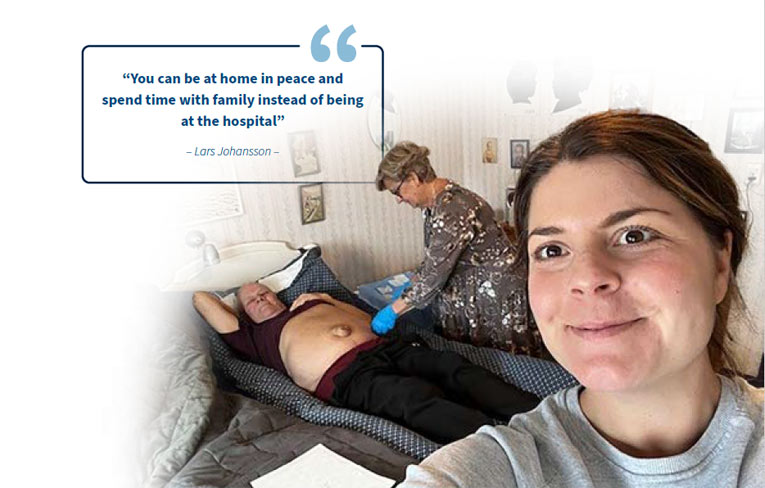
Lars Johansson had a PeritX catheter implanted in May 2023. He and his wife Anita have been conducting the drainage at home, and he wants to share his experience to help other patients with recurrent ascites understand the benefits of improving their quality of life.
Lars lives with his wife Anita in a small community in the south of Sweden. Lars is 76 years old, and Anita is 69. They met on the dance floor in 1970 and have been married for 50 years in January 2024. They both have an active life with a big family – 3 children, 8 grandchildren and 5 step-grandchildren – and lots of hobbies. Lars loves football and was active as a football coach for kids. They have a caravan and traveling the country with it was a very important part of their life.
Life before the Indwelling Peritoneal Catheter (IPC)
Until the fall of 2020 Lars was an active man but then his belly swelled up over time. One day when they cleaned their caravan in the driveway, his condition worsened so they had to visit the emergency department. Many tests later, he was diagnosed with liver cirrhosis due to alcohol. He started his journey to quit drinking and was put on diuretics. Lars also has some comorbidities like heart failure, which do not make his situation easier.
After this day his life changed. Between 2020-2023, Lars needed to drain ascites every 4 to 5 weeks. This meant going to the hospital and conducting the, as he said, painful paracentesis procedure. This took a couple of hours before going home the same day. By early 2023, he had to be booked at the hospital every 2 weeks to drain 8 liters at a time. Everyday life before each procedure was very hard. Lars found it difficult to breathe and had no mobility or energy. He lost his appetite and could not put his trousers on because of the swelling. “It was most difficult in the days before the draining” he says, “and a big relief to get it done despite the painful procedure.” He found the subcutaneous injection of anesthesia prior to the paracentesis to be the most painful part.
Anita described this time as very hard, where they also had to call an ambulance a couple of times.
Discovering the solution
The first time a physician mentioned the option of having a PeritX implanted was at a paracentesis procedure in February 2023. The gastroenterologist (Li Olofsson) observed how the repeated procedures effected Lars, and the negative impact the worsening symptoms had on Lars and Anita’s lives. It sounded like a good solution, but they still had many uncertainties. Lars was afraid it would be too hard for Anita to handle, and there was a fear of losing the close and secure connection with the hospital. They found the ewimed brochure very good and informative but felt there was a lack of other patients’ experiences with the catheter.
Anita’s requirement was not to involve any home healthcare, they wanted to take care of the drainage themselves. A supporting factor for the decision was their daughter-in-law, who was familiar with the system from working with lung patients. She was positive to the procedure since she had seen the clear benefits for patients.
Implantation and adjustment period
Lars and Anita finally made the decision, and he was scheduled to get the catheter implanted on May 4, 2023. Lars says: “The procedure was nothing strange, it felt safe and by this point you are used to it”. A few days after the implantation, ewimed’s instruction nurse visited them at home for the drainage training and they emptied 2 liters together. The ordination was to drain a maximum of 2000 ml 3 times a week.
There were a few complications. Some leakage from the wound after implantation, which stopped after a week. Itching of the skin under the dressing, which was solved by using a different dressing for sensitive skin. In June a sepsis developed. Antibiotics solved the infection and Lars could keep the catheter. They were thrilled about keeping the catheter since they could now travel to a hunting lodge in their caravan.
As time went on, they continued with their normal life. The amount of ascites decreased and by the end of October his ordination was changed to drainage every 3 days.
When we visited Lars and Anita in December 2023, Anita emptied 1800ml within 10 to 15 minutes and the whole procedure was finished in less than 30 minutes. Lars was on his bed and Anita prepared the bedside table with the ewimed drainage set. They are grateful for the set, having everything they need to keep the routine clean and easy.
Benefits of having the implanted catheter
Lars mentions “The immediate benefits are of course no need for hospital visits, less fluid per drainage, and continuous symptom relief! We now have the flexibility to live in our caravan the whole summer and fall season.” He has also regained his appetite.
“Getting the catheter implanted was a very good decision. After the training at home, drainage has not been difficult. Only changing the dressing is difficult for one person to do,” says Lars with a laugh “but after doing this a few times together with Anita it’s a routine that has allowed me to regain mobility.” They continue to have regular contact with the hospital as well. For Anita, helping Lars has been easy and she finds is comforting to witness his improved well-being. “He is more independent and feels better” she says.
Conclusion
Lars wants to share his story to encourage other patients with recurring ascites or pleural effusion to take the step. «You should take the decision without a doubt if it suits you! You can be at home in peace and spend time with family instead of being at the hospital» he says. The benefits far outweigh the fears he had, and they would have made the decision earlier if they had heard of other patient stories.
When our Key Account Manager Gana visited the couple for the interview, it was shortly before Christmas and there was an air of holiday anticipation. They planned to visit friends in the evening to play board games. With Lars’ condition under control, Anita could also focus on preparing for Christmas with the family. She was planning to decorate the house and prepare the Christmas baking for the hugely appreciated family gathering. Celebrating Christmas at home with family is very much appreciated and greatly improves their quality of life!
ewimed Report 2024
This third edition of the ewimed report was produced for the first time by ewimed in an international collaboration. This provides an additional perspective on the treatment options for pleural effusion and ascites and shows that the subcutaneously tunnelled pleural and/or peritoneal indwelling catheter is used internationally for this treatment.
You will find the following topics:
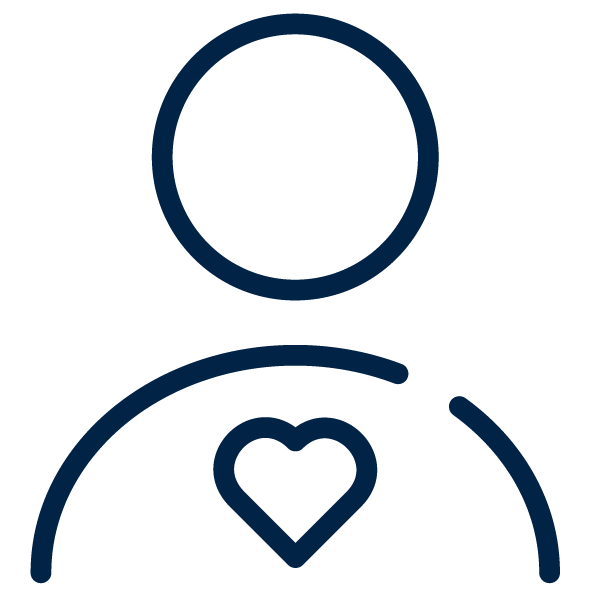
The 5-year history of the data from our ewimed patient survey
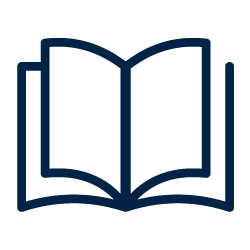
A summary of 2 studies published during 2023 very relevant to pleural effusion and ascites
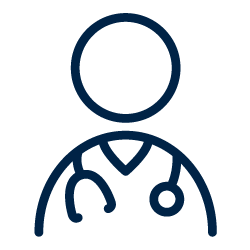
Quality of life of patients with IPC from the perspective of a doctor from Vienna and a patient from Sweden

The use of subcutaneously tunnelled pleural or peritoneal catheter during ongoing chemotherapy, discussed with a doctor from Switzerland
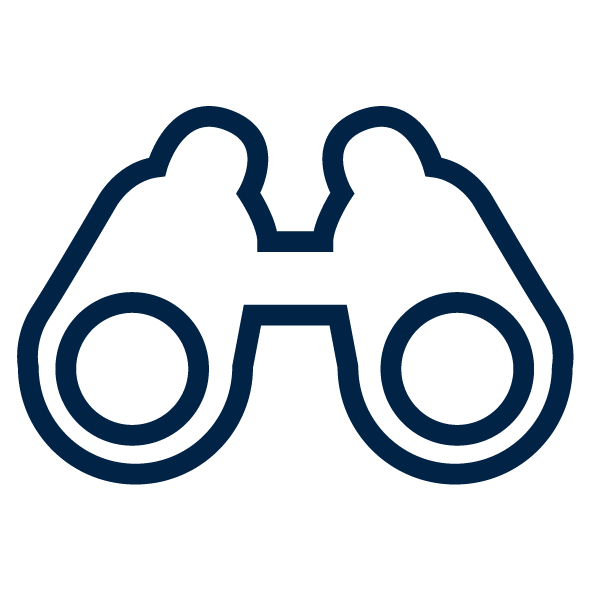
A brief overview on our European home country's healthcare markets and their challenges.
The ewimed report 2024 publishes the latest data from the internal ewimed patient survey based on data collected in 2023. This data has been gathered from all ewimed patients nationwide in Germany and evaluated for the last 14 years. In addition, the 2023 literature on pleural effusion and ascites has been selected and summarised by the ewimed team. A special chapter of this report is dedicated to Quality of life in patients with IPC both from a medical perspective in an interview with Prof. Dr. Clemens Aigner from University Hospital/AKH Vienna in Austria and from the patient’s perspective in a case report from one of our Swedish patients. Another section in this year’s ewimed report is IPCs during ongoing chemotherapy. The oncologist Dr. Yannick Buccella from Stadtspital Zurich in Switzerland gives an interesting interview on this subject, also highlighting the possibilities and advantages of IPCs during chemotherapy.
By loading the video, you agree to YouTube's privacy policy.
Learn more
Receive the ewimed Report 2024 by post here:
Feil: Kontaktskjema ble ikke funnet.
ewimed Norway AS
c/o Value Oslo AS
Erik Børrensen alle 7
3015 Drammen
+47 920 82 676
info.no@ewimed.com
EWIMED UTVIDER EUROPEISK NÆRVÆR MED LANSERINGEN AV EWIMED NORWAY AS
EWIMED UTVIDER EUROPEISK NÆRVÆR MED LANSERINGEN AV EWIMED NORWAY AS
14 mai 2024
Hechingen, Tyskland, 14. mai 2024 – ewimed, et fremtredende medisinteknisk selskap som spesialiserer seg på drenasjeprodukter for behandling av pleuravæske og ascites, tar et betydelig steg fremover i sin europeiske ekspansjon med etableringen av ewimed Norway AS. Egon Wiest, eier av ewimed-gruppen, kunngjorde den spennende nyheten i dag, og ønsket den norske avdelingen velkommen til den voksende ewimed-familien.
ewimed er etablert i Sverige, Danmark, Sveits, Østerrike, Nederland, Ungarn og har hovedkontor i Tyskland. Med over 30 år i bransjen, står selskapet som en av de største distributørene av dreneringsprodukter i Europa. ewimed legger stor vekt på å forbedre pasientenes livskvalitet og sikre pasientsikkerheten.
I en uttalelse i dag sa Tomas Jalrup, administrerende direktør i ewimed Norge, «Vi er glade for å styrke vår tilstedeværelse i Skandinavia og over hele Europa. Våre produkter gjør en betydelig forskjell i livene til pasienter og deres familier.«
ewimeds strategiske ekspansjon inn i Norge har som mål å fremme samarbeid med det lokale helsevesenet og bidra til fremgangen av banebrytende og bærekraftige medisinske løsninger. Selskapet ser frem til å dyrke robuste partnerskap i Norge.
For mediahenvendelser og mer informasjon, vennligst kontakt:
Claudia Wennberg
Sr. Scandinavian Marketing Manager
Claudia.wennberg @ ewimed.com
+46 76 311 9027
Om ewimed:
ewimed er en produsent og distributør av medisinsk teknologi som spesialiserer seg på drenasjeprodukter for behandling av pleuravæske og ascites. Opprinnelig grunnlagt i 1991 og med hovedkontor i Tyskland, har ewimed etablert datterselskaper i Sverige, Danmark, Østerrike, Sveits, Ungarn, Nederland og nå Norge. Sammen er ewimed en av de største leverandørene av inneliggende katetre og tilbehør i Europa.
Våre kjerneverdier er pasientsikkerhet og livskvalitet. Vår unike tilnærming innebærer et komplett tilbud som inkluderer omfattende opplæring fra erfarne lokale sykepleiere til medisinsk personell og til pasienter i deres hjem. Vi er dedikert til å tilby enestående kundeservice og støtte nøyaktig når og hvor det er nødvendig.
Vår portefølje inkluderer produkter designet for å drenere pleuravæske og ascites. Disse tilbudene imøtekommer de varierende behovene til pasienter, leger og sykepleiere både på sykehus og hjemme hos pasienten. Som innovative utviklere og partnere til leverandører av høy kvalitet, tilbyr vi bransjens beste produkter, med det bredeste utvalget av tilbehør.
